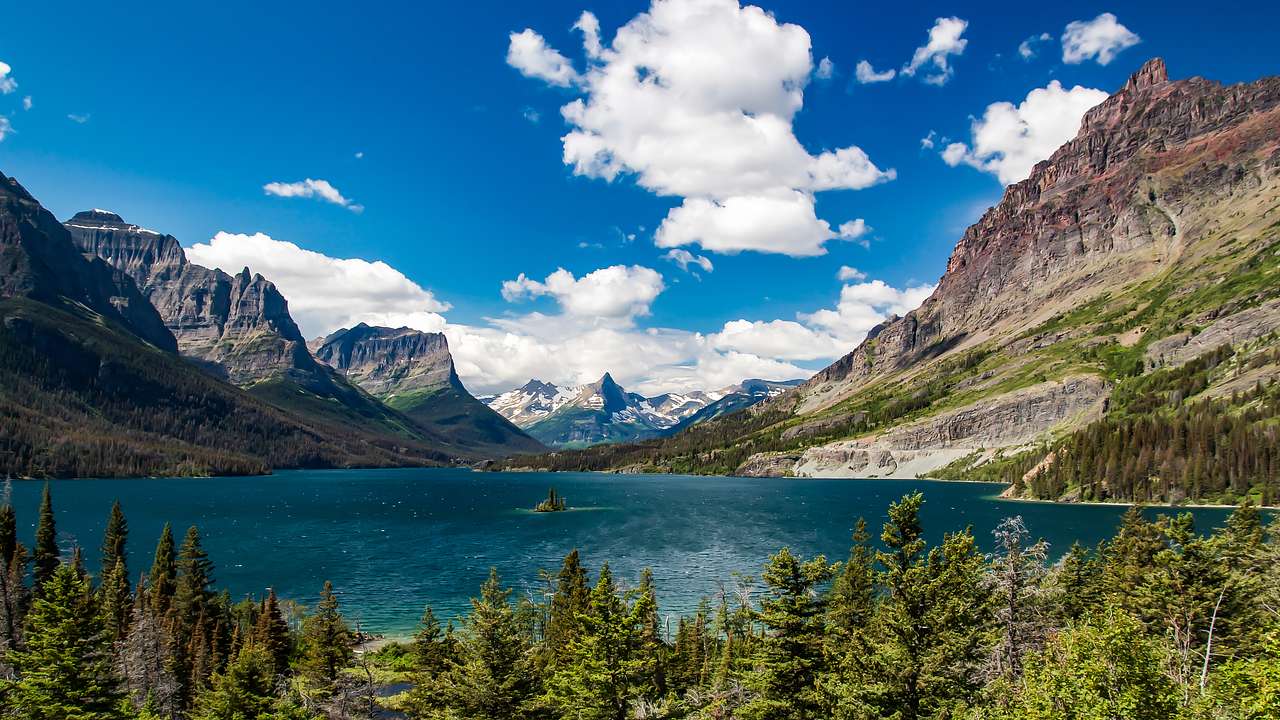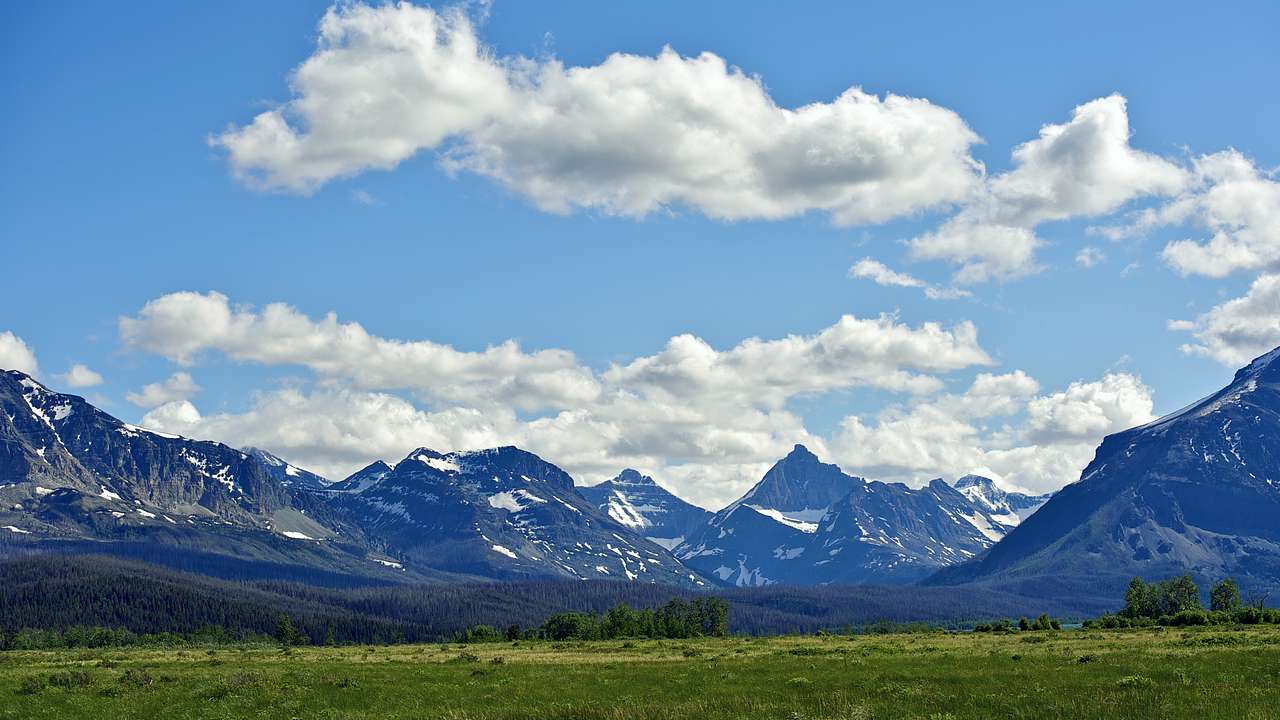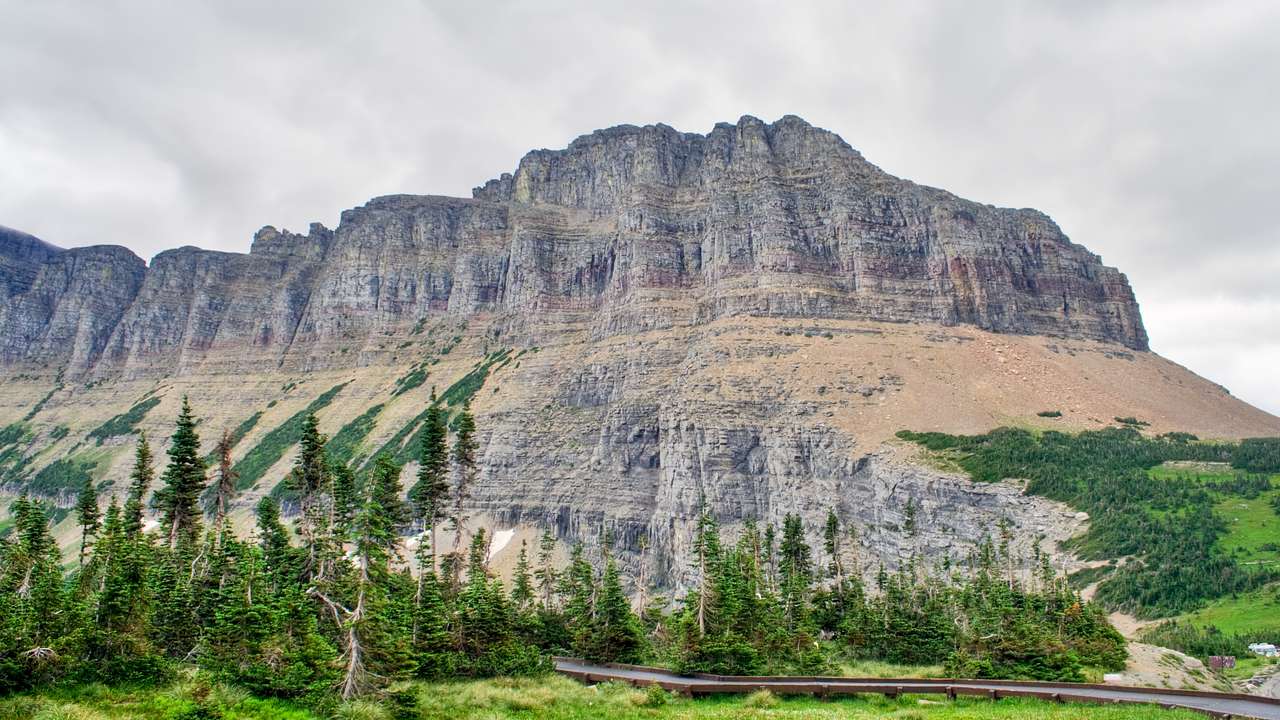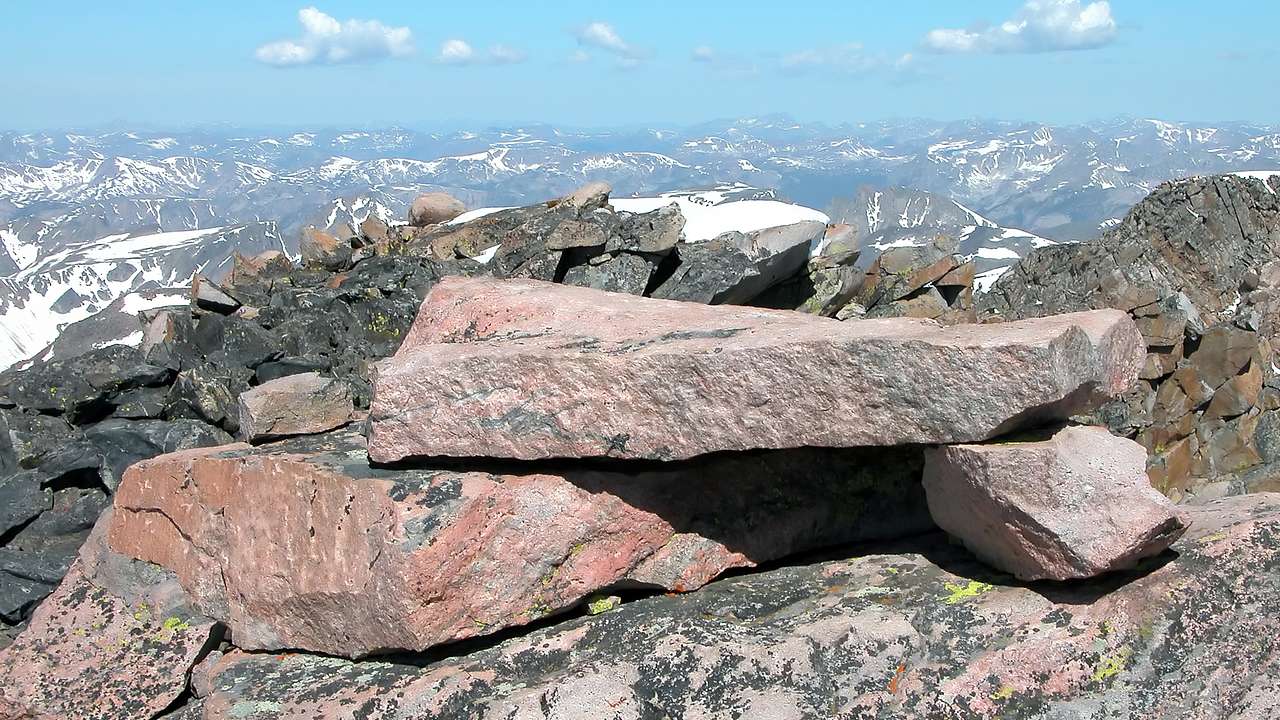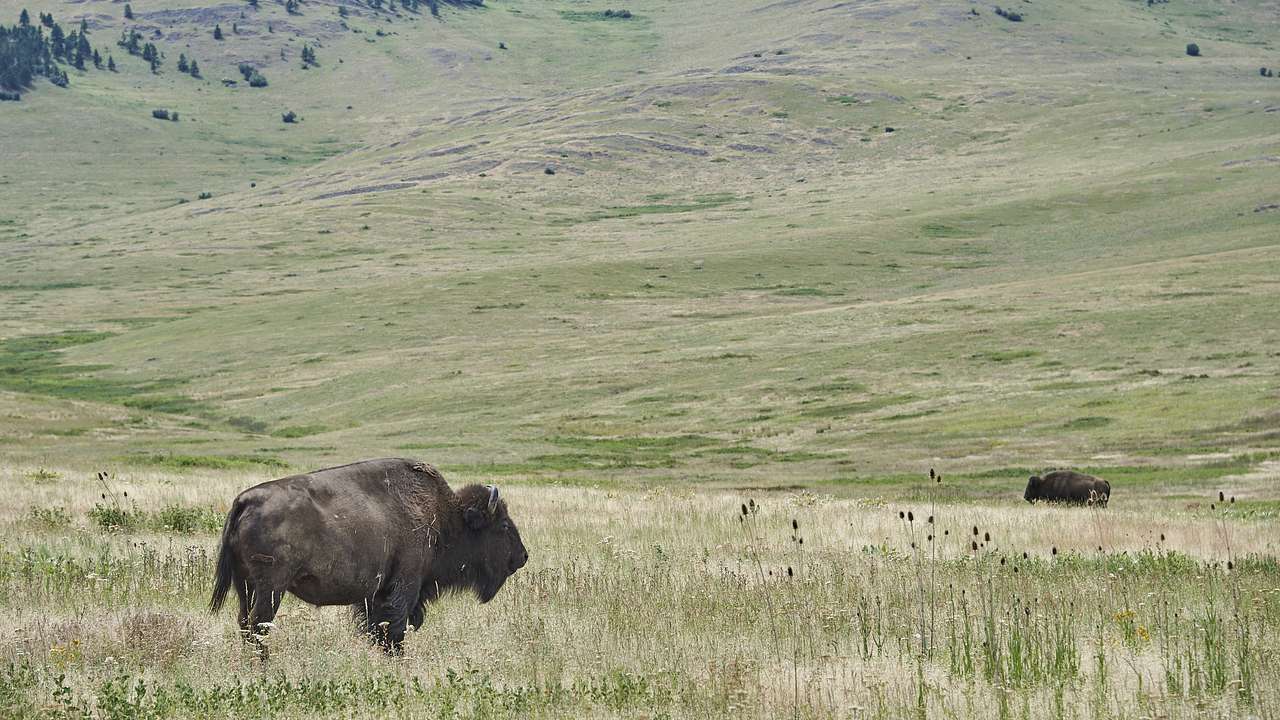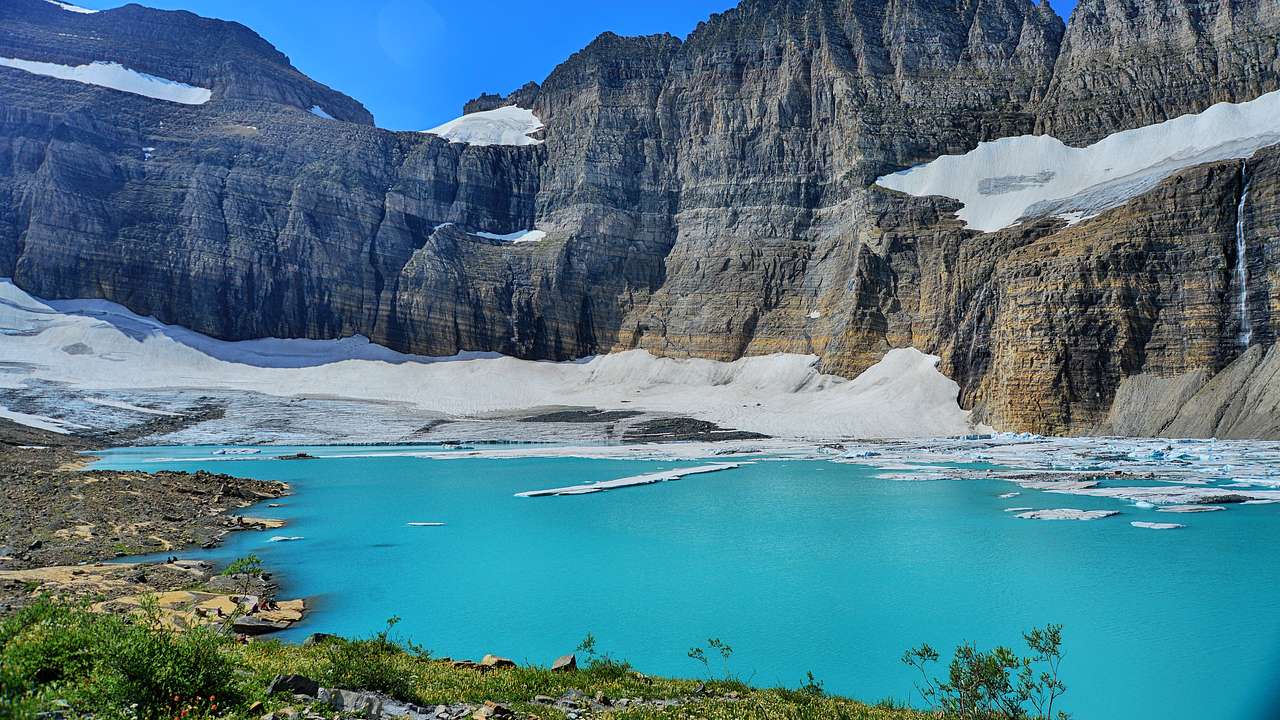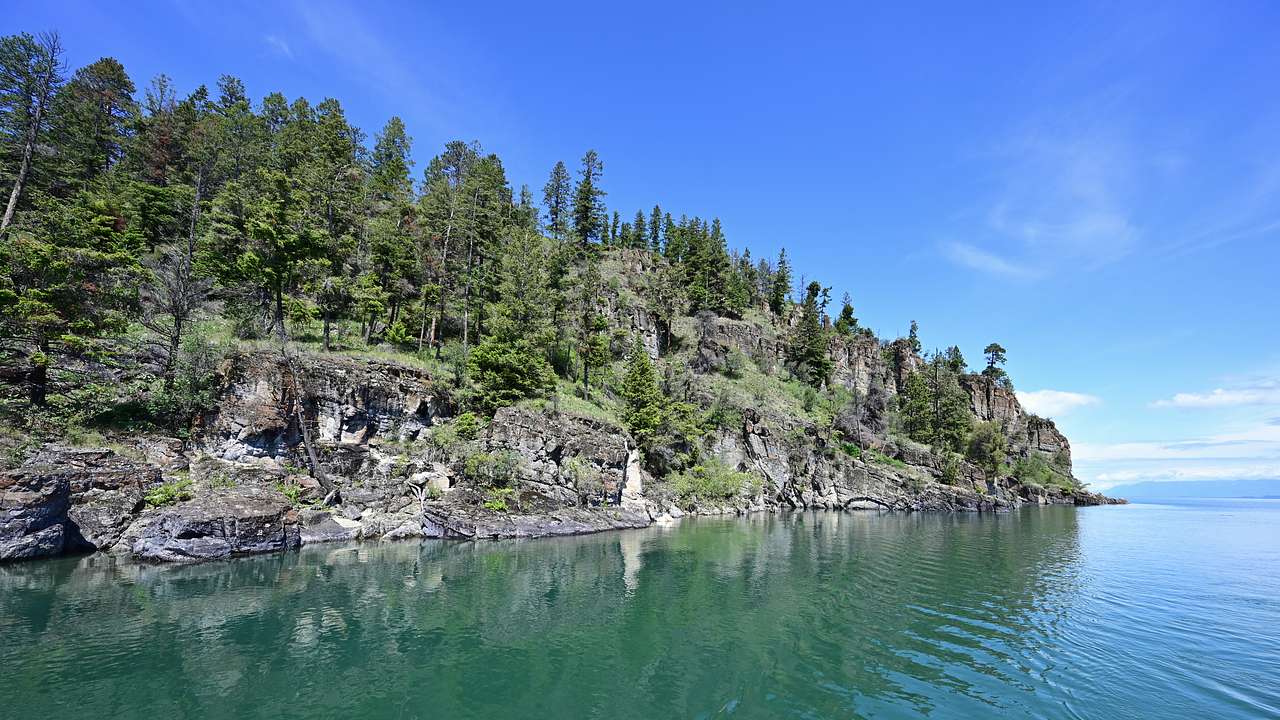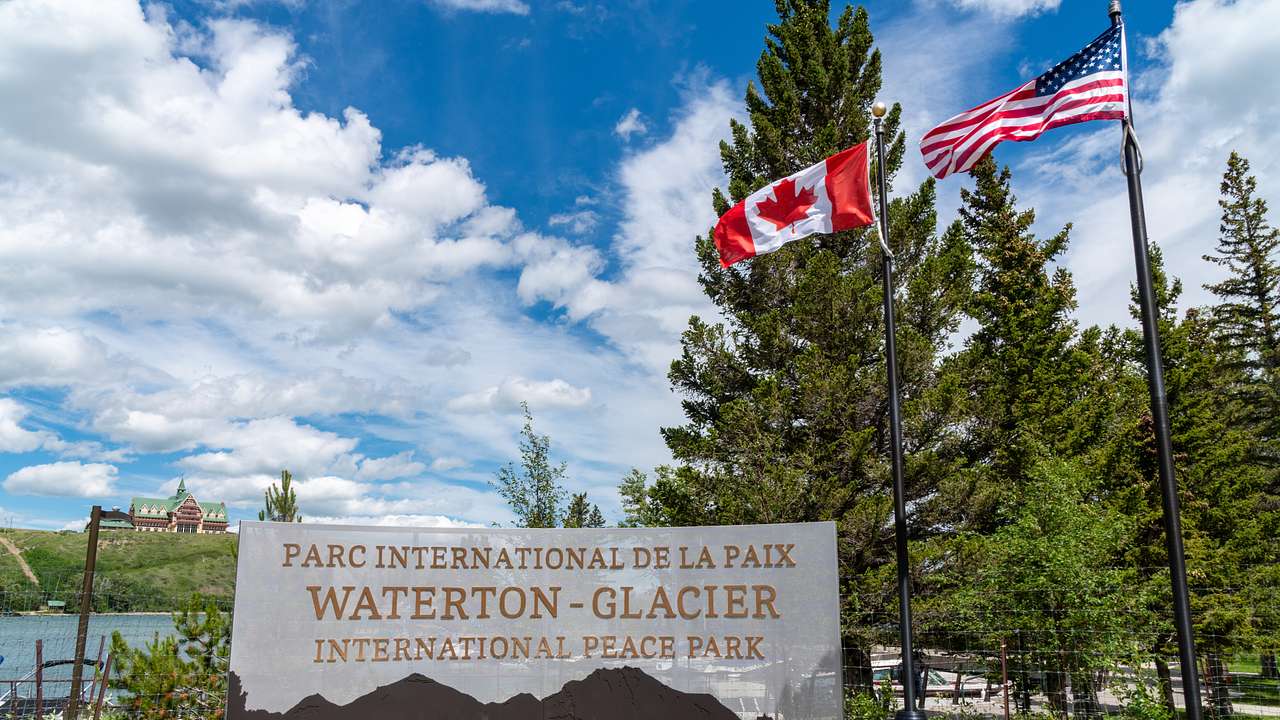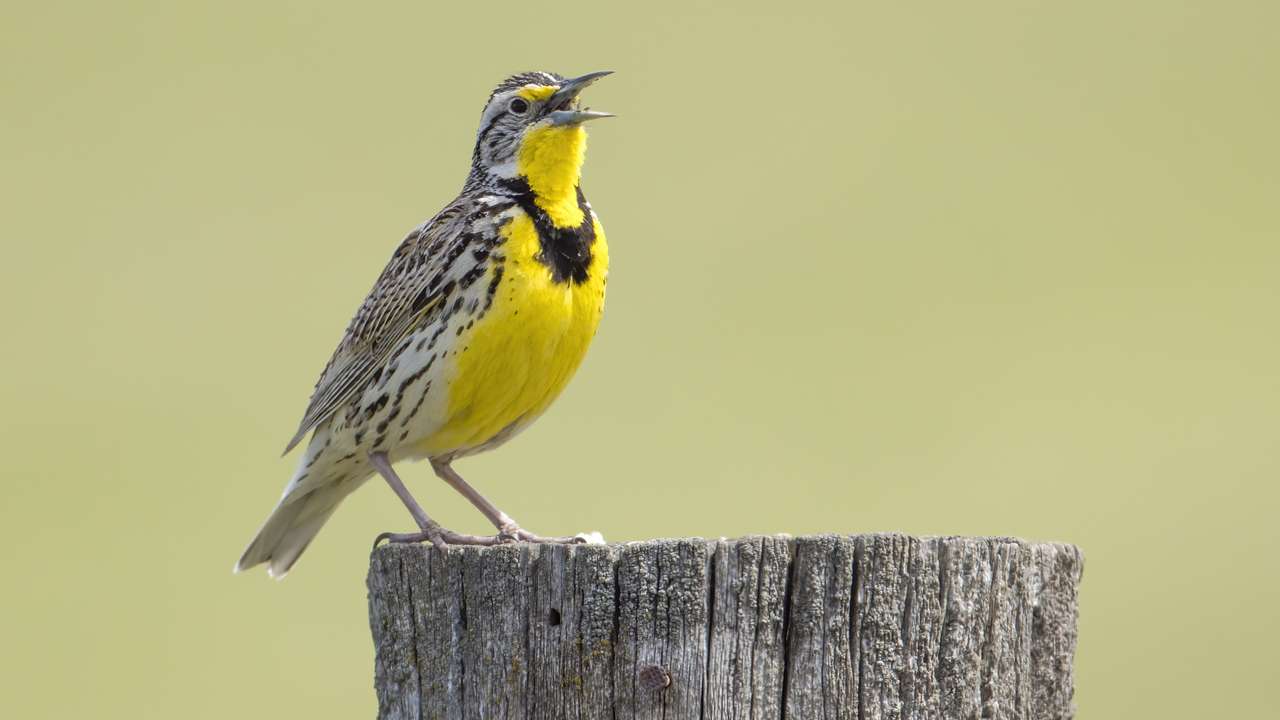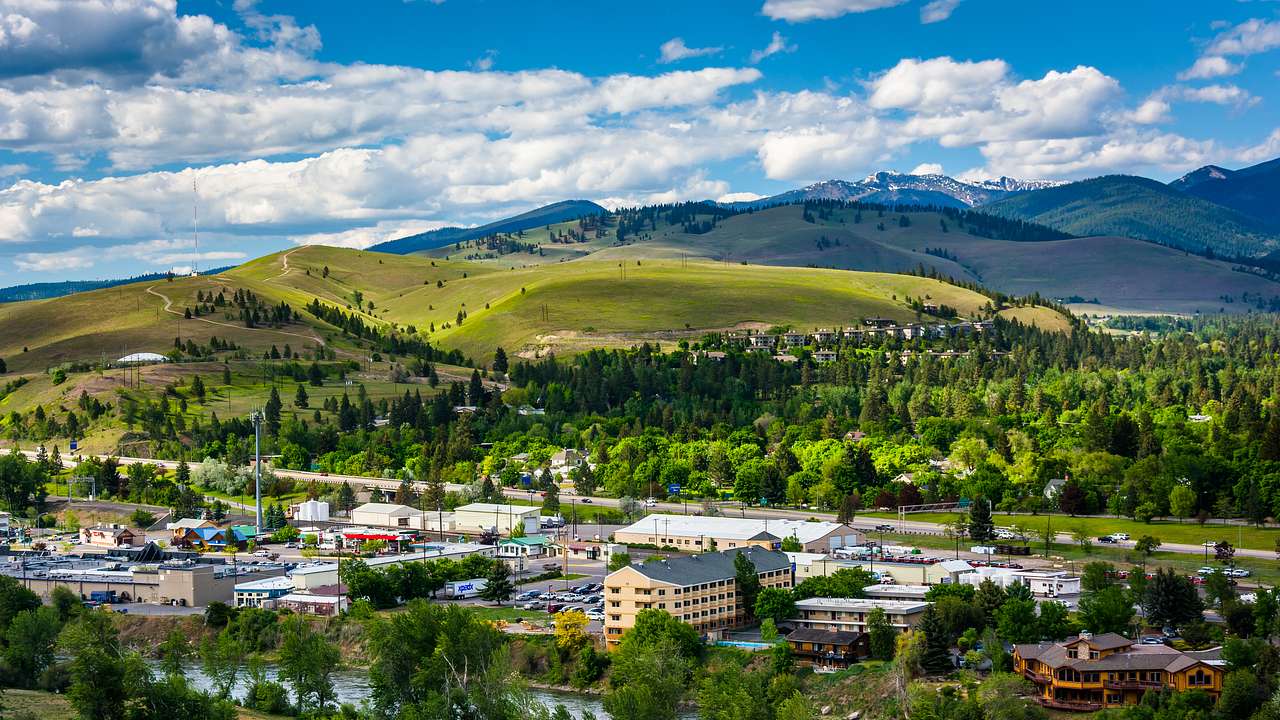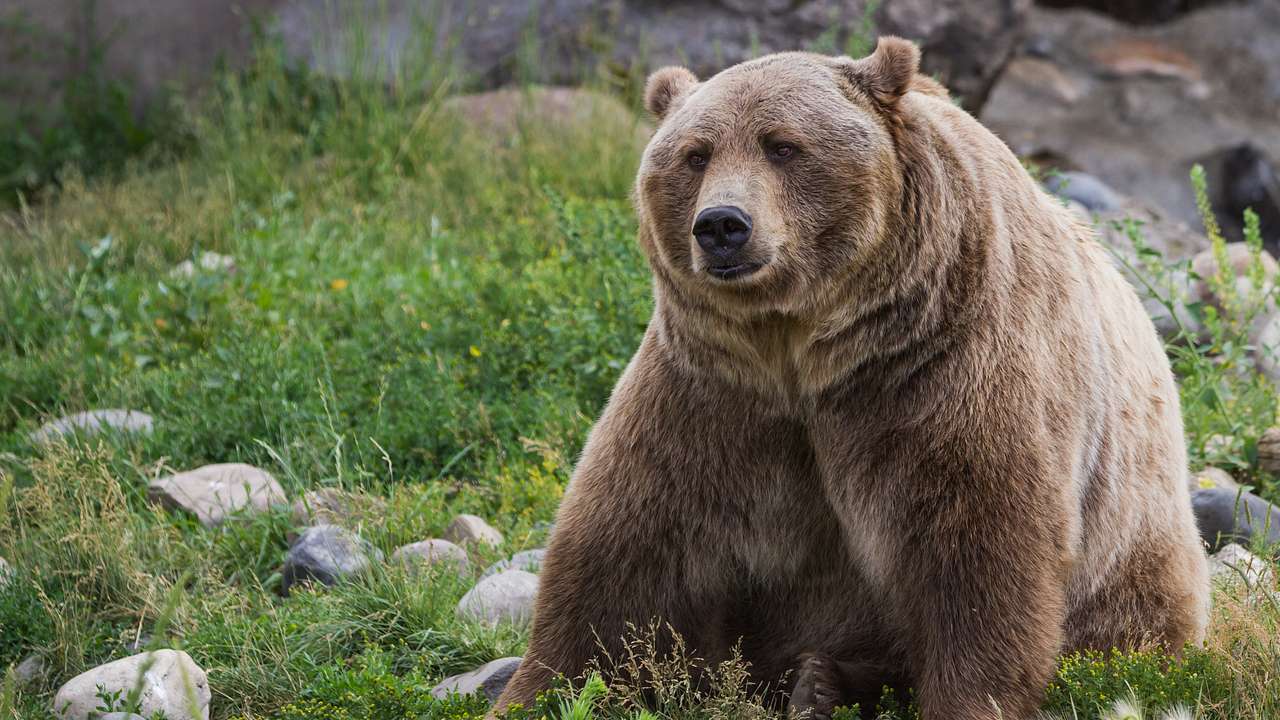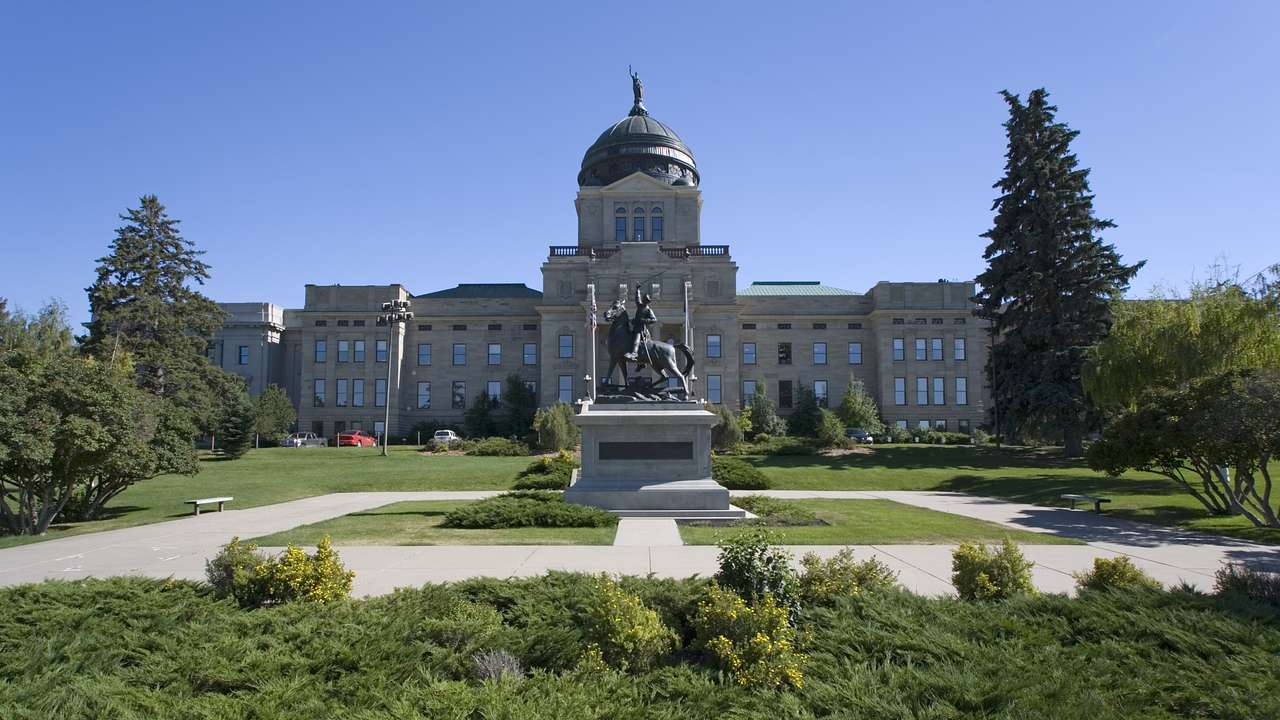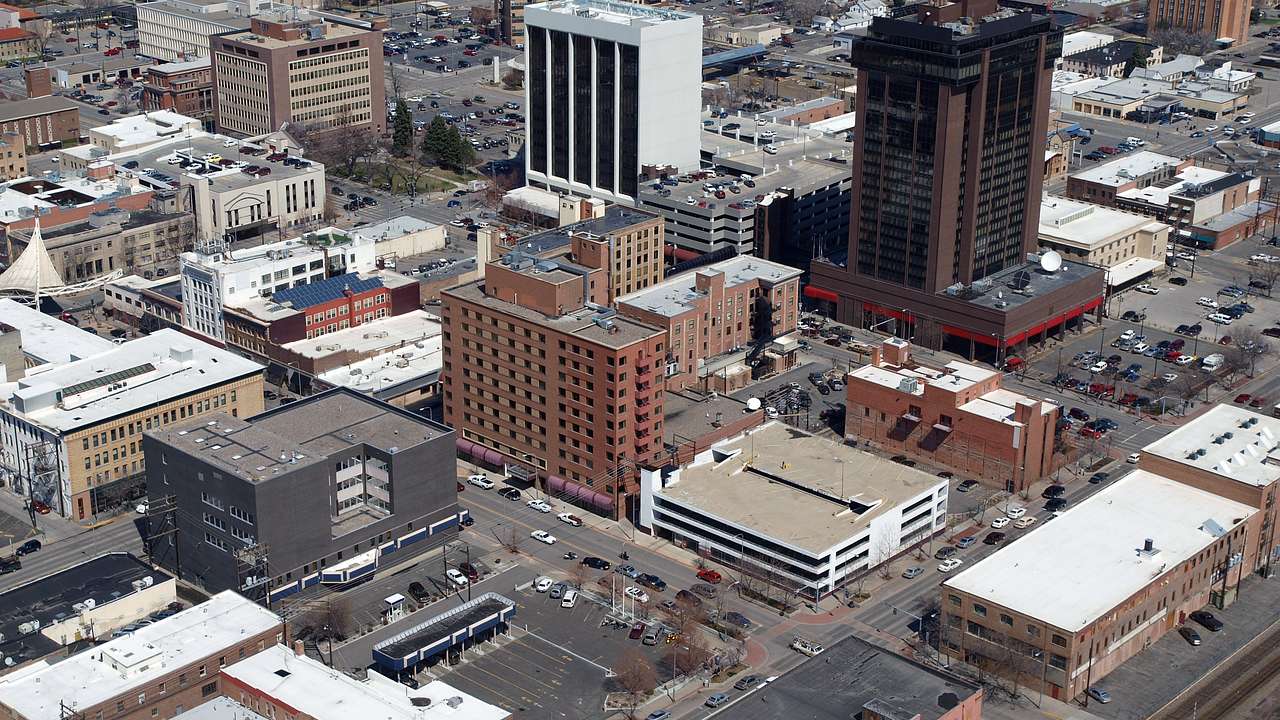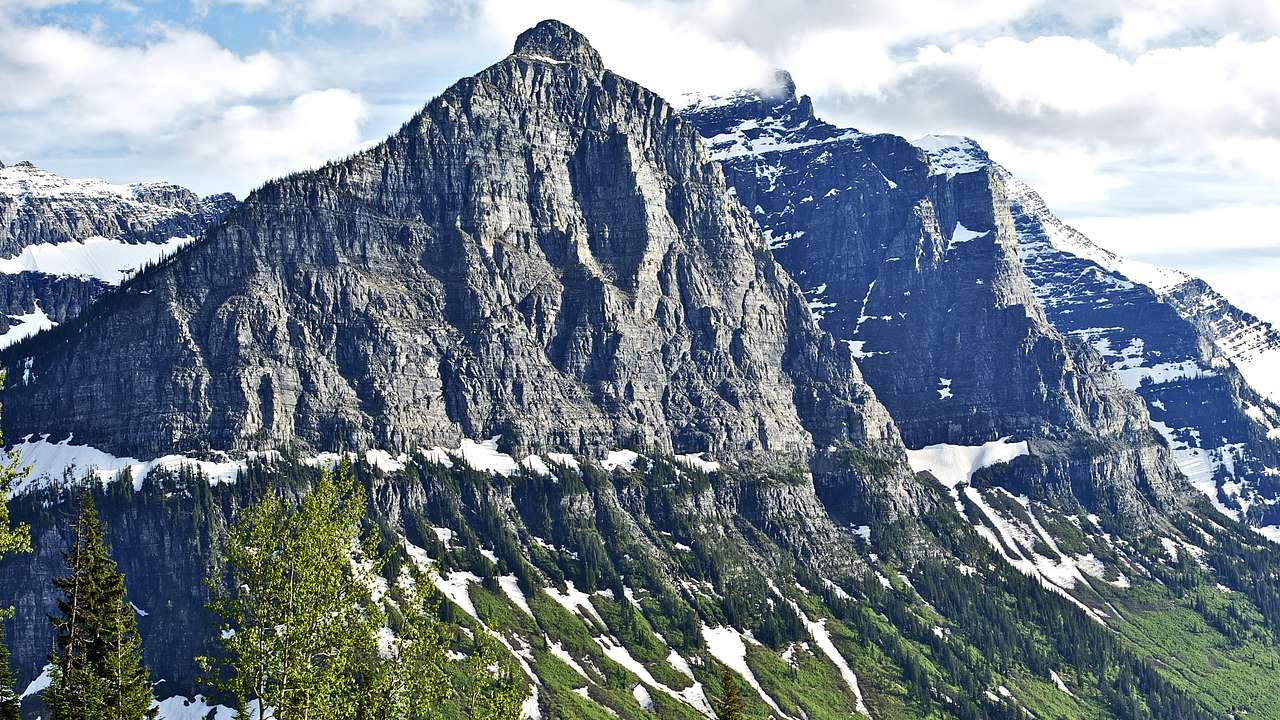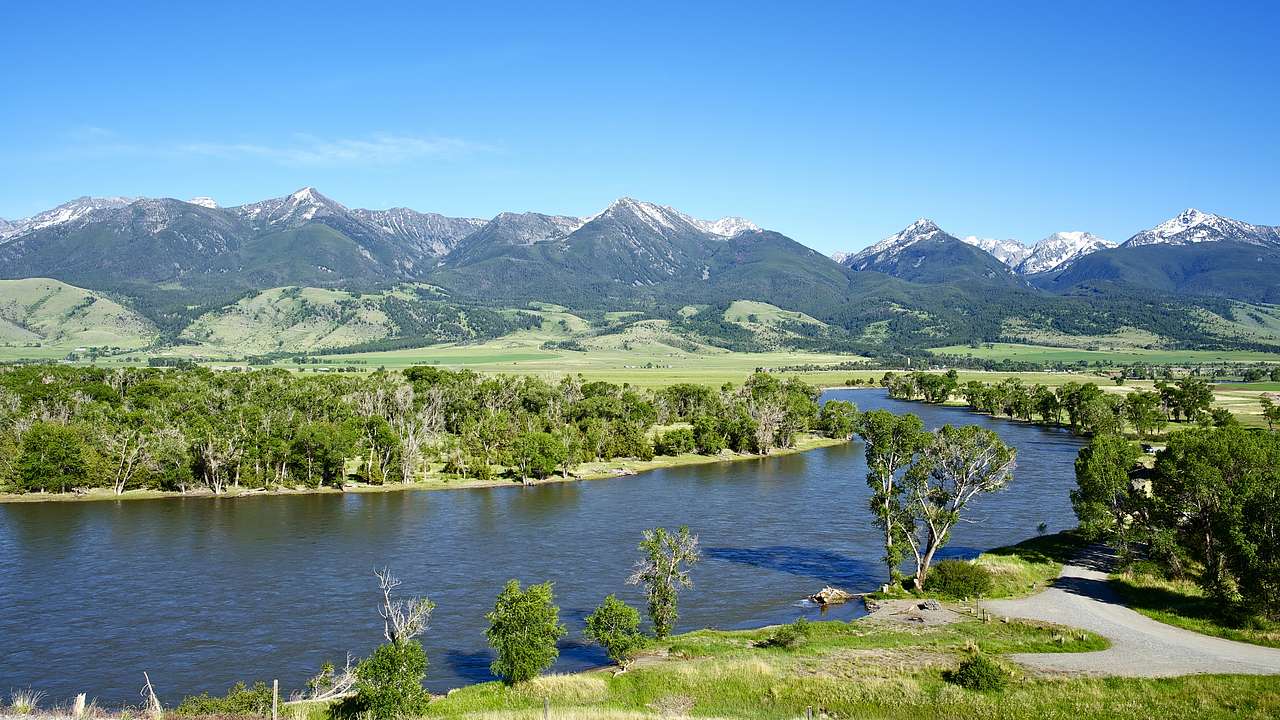50 Interesting & Fun Facts About Montana State to Discover
Destguides may receive commissions from purchases made through affiliate links in this article.
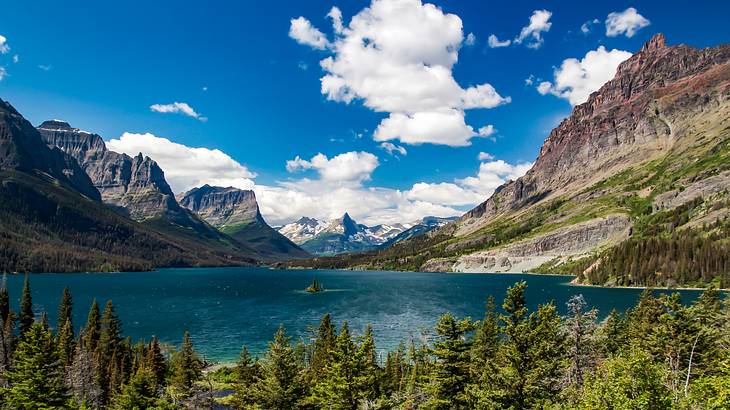
When you think about Montana, what comes to mind? Oftentimes, people will think about the mountains along the Continental Divide, the wilderness and bisons roaming the National Bison Range, and the fact that it's one of the least populated states in the country with just over a million people.
There are countless interesting and fun facts about Montana state out there, but knowing where to start looking can be daunting. To help you kickstart your research, here's a list of 50 facts about Montana you might find interesting!
50 Montana State Facts
-
Montana Fun Facts
- It was the 41st state
- Montana is the "Treasure State"
- It has the only grizzly bear population in the lower 48 United States
- Montana's has had the greatest temperature change
- The Continental Divide splits the country
- Granite Peak is on top of the state
- You'll find "Big Sky Country" here
- Beaver Creek Park is a record holder
- Triple Divide Peak contributes to three oceans
- The Rocky Mountains have 100 different ranges
- The National Bison Range has 60 calves a year
- You can cross the border in Waterton Lakes National Park
- The Missouri River doesn't start in Missouri
- Glacier National Park is losing glaciers
- Some of Yellowstone National Park is in the state
-
Fun Facts About Montana
- The Montana Yogo Sapphire is very rare
- Waterton-Glacier International Peace Park is one-of-a-kind
- Look out for the western meadowlark
- Don't pick the bitterroot
- Mining is symbolized in the Montana state motto
- Gold, silver, and bronze brought people to the state
- Flathead Lake is impressive in the west
- Ponderosa pine is a state symbol
- There are tons of frontier counties
- Visit the world's shortest river here
-
Interesting Facts About Montana
- Keep an eye out for grizzly bears
- There's even a state fossil
- It borders four states and another country
- The state flag has been altered a few times
- Only seven other states have a lower population
- Only one city has more than 100 thousand residents
- There are more cows than people
- Lewis and Clark definitely stopped in Montana
- Montana has the most diverse land animal species
- The state also has slogans
- Weird Facts About Montana
- Cool Facts About Montana
- Historical Facts About Montana
Montana Facts Video
Check out our highlights video of Montana facts.
Montana Fun Facts
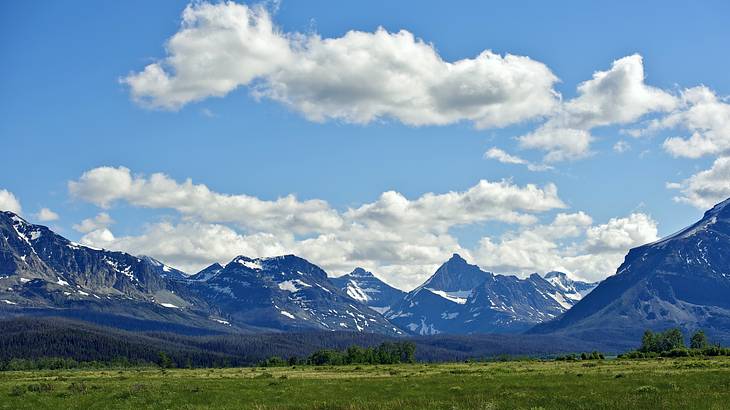
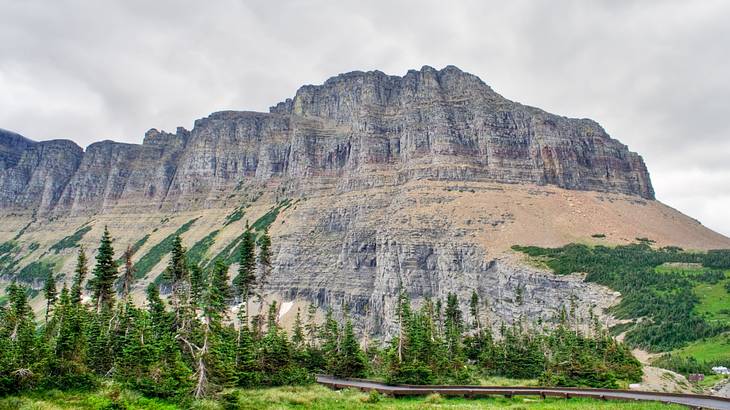
It was the 41st state
To start a list of interesting Montana facts, did you know it was the 41st state in the United States? It earned its star in 1889. However, it was a US territory long before that.
Some of Montana was part of the land that was given to the US during the Louisiana Purchase in 1803. The rest of what is now the state was acquired from Great Britain in 1846.
Montana is the "Treasure State"
The Montana State nickname might surprise you. While it has multiple monikers, one of the most popular is the "Treasure State."
The entire state is a treasure. However, the nickname actually goes back to the Golden Age of mining. Montana was rich with precious minerals that were both literal and figurative treasures.
It has the only grizzly bear population in the lower 48 United States
Grizzly bears are often talked about in survivor manuals and movies about trekking through the forest. However, if you're in the continental US, the only place you'll find them is in Montana.
There are an estimated 60 thousand grizzlies in North America. The vast majority of them are found in Alaska and Canada. However, there are about 1000 in the lower 48 United States, and all of them are in Montana.
Montana's has had the greatest temperature change
In general, Montana isn't the hottest or the coldest state in the USA. The coldest temperature is usually around 28 degrees Fahrenheit, and the warmest is around 84.5 degrees.
Usually, temperatures will hover around these averages and gradually get warmer or colder depending on the time of year. However, Loma, Montana, holds the world record for the largest temperature difference in a day. In 24 hours, the temperature changed from 103 to 49 degrees.
The Continental Divide splits the country
The USA is home to many mountains. However, the Continental Divide is one of the most famous mountain ranges in the country. The range stretches from Alaska all the way down to South America.
The mountain range's name is quite literal. Due to its length, it divides the North American continent almost completely. That includes running through Montana.
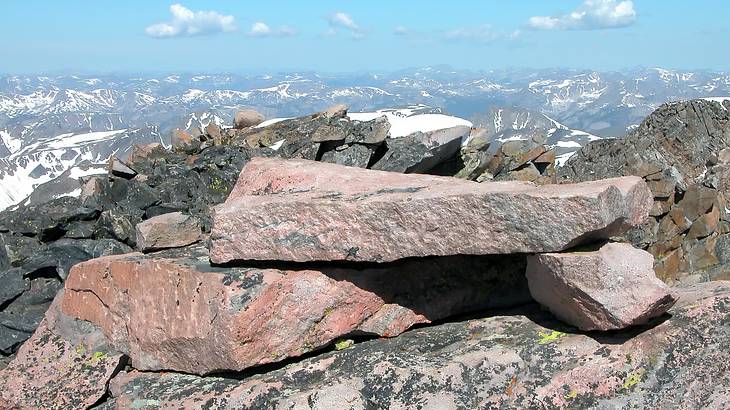
Granite Peak is on top of the state
Montana is a very mountainous state. However, one of them still rises higher than the rest. The highest point in the state is Granite Peak.
Reaching an impressive 12,807 feet above sea level, it's Montana's highest natural peak. Its height also makes it one of the most difficult mountains in the US to climb.
You'll find "Big Sky Country" here
When reading Montana state information, you'll likely come across the nickname "Big Sky Country." That's because it's one of the state's other monikers.
The name comes from the pristine skyline you can find in the state. Since there are very few cities and urban developments, the sky seems even bigger here since you can see it reach the natural horizon.
Beaver Creek Park is a record holder
Beaver Creek Park is 10 thousand acres of land that has been open to the public since 1916. Its size makes it arguably the largest county park in the country.
Hill County is responsible for maintaining the park. It's currently open all year, and you can do recreational activities, from fishing to camping.
Triple Divide Peak contributes to three oceans
Triple Divide Peak rises over 8,000 feet above sea level, but that's not why it's impressive. It's one of the only mountains of its kind.
When the snow melts from the mountain's peak, it follows three distinct pathways that allow water to find its way to one of three oceans. The Pacific, Atlantic, and Southern oceans all get water from this route.
The Rocky Mountains have 100 different ranges
The Rocky Mountains are often thought of as a single mountain range. However, due to their vastness, you can also divide the Rockies into smaller ranges as well.
There are 100 different mountain clusters that all come together to make up the Rocky Mountains. Altogether, these mountains cover over 3,000 miles of land.
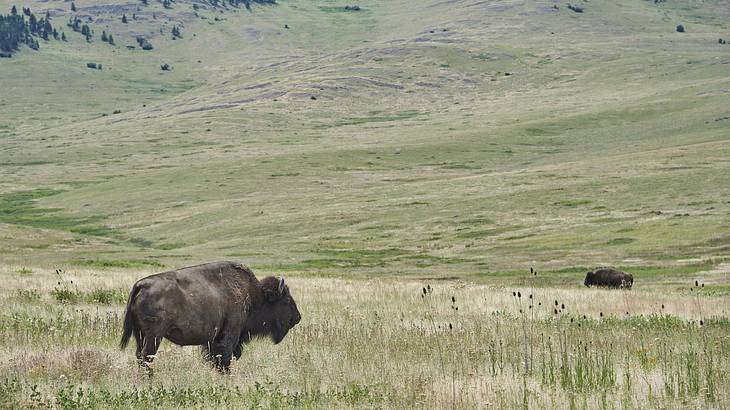
The National Bison Range has 60 calves a year
The National Bison Range is found on the Flathead Indian Reservation in Montana and covers almost 19 thousand acres of land. Bison are the largest mammals in the lower 48 and much or their natural habitat has been developed.
The Bison Range helps make sure that these animals have a place to live and thrive to keep their numbers from dwindling. It's done such a good job, 50-60 bison calves are born on the land each year.
You can cross the border in Waterton Lakes National Park
Waterton Lakes National Park is technically a Canadian National Park. However, you can get to it from Montana. The park borders Glacier National Park in Montana.
If you plan to visit the park, it's recommended you bring your passport with you. That way, you're prepared just in case you manage to cross the border without realizing it.
The Missouri River doesn't start in Missouri
The Missouri River is one of the longest rivers in the world. However, you might be surprised to learn it doesn't start in Missouri.
The river actually begins its path in Brower's Spring, Montana. The river eventually meets with the Mississippi and ultimately ends in the Gulf of Mexico.

Glacier National Park is losing glaciers
Glacier National Park is one of the most famous and popular in the western US. The park gets its name from the 35 glaciers that are found within the park.
However, that number is decreasing. As the climate changes and the temperature rises, the park's glaciers have started melting. Five more of the remaining glaciers might even be gone in the next decade.
Some of Yellowstone National Park is in the state
The first national park in the USA has always been the country's most famous. Yellowstone National Park has drawn tourists from around the world for decades.
While most of Yellowstone is in Wyoming, the park is too massive to be contained in just one state. About 3% of the park is in Montana and another small portion is in Idaho.
Fun Facts About Montana
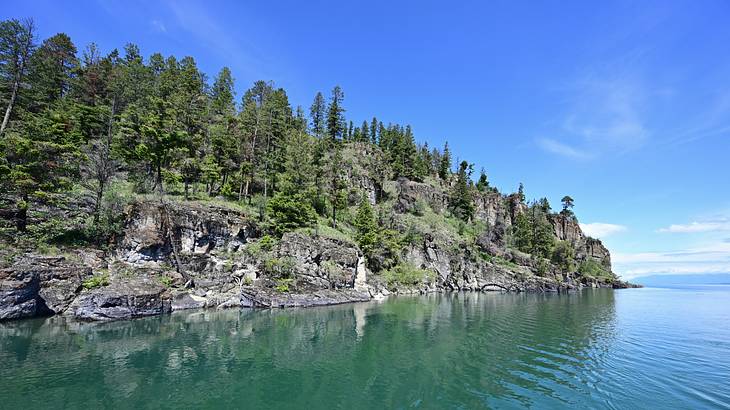
The Montana Yogo Sapphire is very rare
The Yogo Sapphire variety is considered to be one of the most precious gems in the world. While you can find sapphires all over the world, these are only found in Montana.
Yoga Sapphires are found in the Yogo Gulch in the state. The first examples of this stone were found in the 1880s and drew miners to the state in search of others.

Waterton-Glacier International Peace Park is one-of-a-kind
The Waterton-Glacier International Peace Park is the first park of its kind. The park merges part of the Waterton Lakes National Park in Canada and part of Glacier Park in Montana.
Both these parks are nationally protected areas, but the territory designated for the international park is now a UNESCO site. The site was created to better preserve the diverse wildlife in the area.

Look out for the western meadowlark
If you're on the hunt for finding state symbols, make sure to keep an eye out for the Montana state bird. The western meadowlark is a small bird notable for its bright yellow chest and belly.
The bird is native to the state and became an official symbol after a vote done by schoolchildren. Since 1931, it's had the protected status that comes from this recognition.
Don't pick the bitterroot
If you're still looking for Montana facts and information, you'll be interested in learning about the territory's prized plant. The Montana state flower is the bitterroot.
Since 1894, this bright flower has been a symbol of the state. Once again, residents were tasked with choosing what plant would earn the title. Out of over 30 options, bitterroot was the winner.
Mining is symbolized in the Montana state motto
When you look at its official seal, you'll likely encounter the Montana state motto. "Oro y Plata" means "gold and silver" in Spanish. The phrase comes from the state's mining history.
Gold and silver were abundantly found in the Montana territory and helped the state build its population. Though other minerals and metals were mined as well, gold and silver were some of the most precious.
Gold, silver, and bronze brought people to the state
Montana's rich mining history can be thanked for its trajectory to statehood. The state's territory is remote and the terrain is difficult to navigate.
Had it not been for the gold, silver, and bronze deposits in the state, it may never have seen much growth in its population. Without people inhabiting the state, it likely would have taken much longer for the area to become a state, or it might have been absorbed into surrounding territories.
Flathead Lake is impressive in the west
Montana is no stranger to natural marvels, so it's no surprise that Flathead Lake is the largest natural freshwater lake in the western continental US. The lake has a surface area of nearly 200 square miles.
It's not the deepest lake, however, so it doesn't have the most water of any lake in the West. Lake Tahoe gets that title.
Ponderosa pine is a state symbol
Did you know that there's a Montana state tree? The Ponderosa pine has been a state symbol since 1908. The tree can be found all over Montana's territory, so it was an obvious choice.
However, you don't have to take a trip to Big Sky Country to see the tree. It's widely grown all over the US.
There are tons of frontier counties
Many people have never heard of frontier counties. These are counties with small populations that have an average density of six people per square mile.
Montana has 53 counties, the majority of which are considered frontier. The majority of the state's population is gathered around the major cities with the rest of the state remaining rural.
Visit the world's shortest river here
One of the least known facts about the state of Montana is that it's home to the world's shortest river. That title goes to Roe River.
The river has a path of just 201 feet, which earned it recognition from the Guinness World Record Association. That also means Montana is home to the shortest and longest rivers in the US.
Interesting Facts About Montana


Keep an eye out for grizzly bears
As you've already read, virtually the entire grizzly population in the lower 48 can be found in Montana. So, it's no surprise this fierce mammal has become the Montana state animal.
You don't have to worry about encountering grizzlies on a day-to-day basis. They tend to stick to the forests and try to avoid people.
There's even a state fossil
There are a lot of Montana state symbols, but one might surprise you. This western state even has a state fossil.
The duck-billed dinosaur Maiasaura peeblesorum is the state dinosaur and fossil and has been since 1985. This is, in part, due to the large number of fossils that have been found throughout the territory.
It borders four states and another country
Due to Montana's size, it shares borders with numerous other territories. You can get to the state from the US states of South Dakota, North Dakota, Wyoming, and Idaho. You can also cross the border into Canada.
Many of Montana's rivers and mountains cross over into other states as well. Yellowstone is a perfect example of that.
The state flag has been altered a few times
Like other places in the United States, there's a Montana state flag that you can see flying on state government buildings. However, the flag has changed through the years.
The initial design for the flag dates back to 1905. In 1981, the official state seal was also added to the flag, and the final changes were made in 1985.
Only seven other states have a lower population
Montana is a large state, so it would be more than able to handle a larger population than it currently has. There are just over a million people who call Montana home.
It's one of the least populated states in the US. It ranks 43rd in the country for population, having a population density of just over seven people per square mile.
Only one city has more than 100 thousand residents
If you want to impress people with one of the lesser-known facts about Montana the state, make sure you remember that even its biggest cities aren't that big. Only one of the state's cities has more than 100 thousand residents.
Billings has nearly 120 thousand citizens that call it home. After that, the second largest city is Missoula, with almost 75 thousand.
There are more cows than people
Ranching and agriculture are two large industries in Montana's economy. Spread out across the state, you can find over 2 million cows.
If you're doing the math, you'll likely notice that those numbers mean there are more cows in the state than people. It also ranks third for the total number of cattle in the States.
Lewis and Clark definitely stopped in Montana
If it weren't for Lewis and Clark, western settlements may have been delayed by years or decades. However, there's very little physical evidence that showed where the two explorers went.
Montana is an exception to that. Clark actually carved his name into a rock in Billings in 1806 as they were passing through the area.
Montana has the most diverse land animal species
Montana is known for having incredibly varied landscapes. You can find plains, mountains, and forests within its borders.
Due to the different geographic regions, the flora and fauna are also very diverse. There are roughly 440 different animal species native to the state and just as many different types of plants.
The state also has slogans
In addition to the official state motto, Montana also has multiple state slogans. These slogans could almost be described as other unofficial nicknames.
"Land of the Shining Mountains" and "Last Best Place" are two examples of the most popular slogans. No one knows exactly who first coined these phrases, but they've caught on over the years.
Weird Facts About Montana
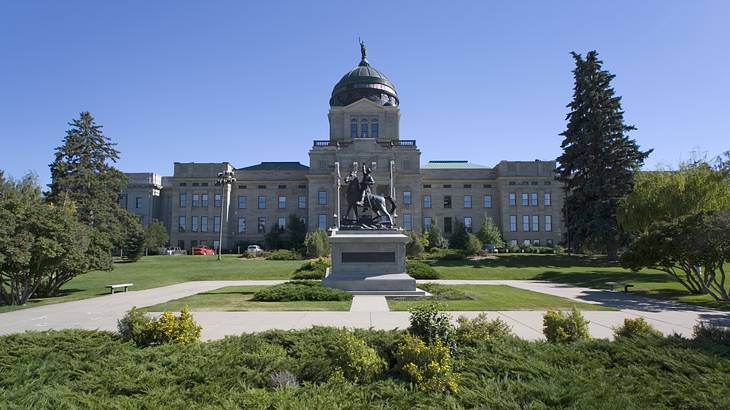
The state is completely landlocked
It's not hard to guess from looking at the map that Montana is a completely landlocked state. That means it doesn't have any borders on significant bodies of water.
However, there are also areas of land that are landlocked in a different way. There are millions of acres of public land that can't be accessed by the public. That's because they're surrounded by private property!
The name is Spanish
When learning Montana facts and history, you can't forget the origin of the state's name. It's derived from the Spanish word montaña.
In Spanish, montaña means mountain. The name likely came from explorers seeing the extensive mountain ranges that cover much of the state. For a brief period in the 1800s, the name was almost changed.
You could fit six other states inside it
Montana has a surface area of 147 thousand square miles, making it the fourth largest state by surface area. The state is so large that multiple other states could easily fit inside it.
It's also the largest landlocked state in the US. Alaska, Texas, and California are all larger, but they all have coastal borders.
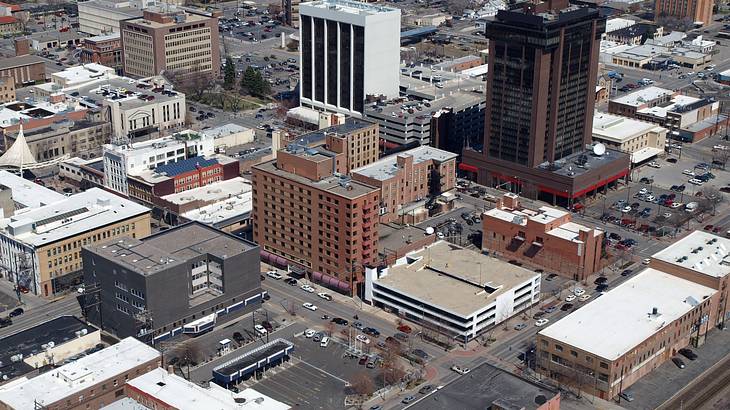
The largest city isn't the capital
Billings is Montana's largest city by population and has been for years. It might surprise you to learn that it's not the state capital.
The state capital is Helena, which has a population that's 1/3 of Billings'. It was chosen as the center of Montana's government after a long campaign that narrowed the choices to Anaconda and Helena.
The French were the first in the territory
Though Lewis and Clark were the first people to explore Montana in-depth, they weren't the first non-natives in the state. Pierre Gaultier de Varennes et de La Verendrye is credited as the first European in the territory.
France and Spain both had possession of the area at different points in history before it was passed to the United States. Neither country ever established widespread settlements.
Cool Facts About Montana

Parts of the state used to belong to other territories
It might be hard to imagine that the current state borders you're used to once looked a lot different. While a lot of the states on the East Coast have stayed more or less the same, the west has changed a lot.
Some of the territories that are currently part of Montana used to belong to other states. Idaho, for example, used to extend into the state. Montana also used to be part of the Dakota and Nebraska territories before they were split into smaller areas.
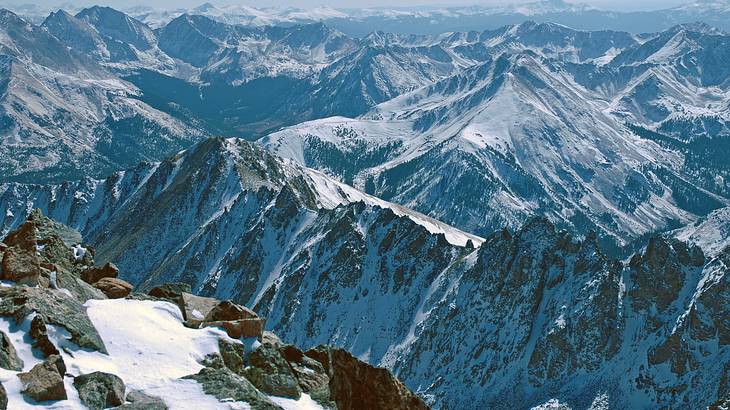
The Rockies have different climates based on height
The Rocky Mountains are the tallest mountains in the US, with their max elevation reaching over 12 thousand feet. Elevation can change an area's climate, but with the Rockies, it's not that simple.
This mountain range regularly experiences climate conditions that can vary between different elevation levels. Not only will the temperature go down the higher up you are, but you might experience snow, fog, or rain that wasn't there just a few hundred feet below.
Montana used to have a huge population
You might not know it by looking at today's population, but Montana used to be home to multiple "big cities" in the 1800s. One of the most interesting Montana history facts is that the Wild West brought thousands of people to the area.
The gold rush was a major draw for people who were looking to find their fortunes. Bustling towns were quickly built around areas that had fruitful mines. During its heyday, hundreds of people were coming to the state every day.
You have CNN, thanks to Montana
You might not recognize the name Ted Turner, but you probably recognize CNN. The international news company has become a trusted source for people all over the world to stay up-to-date on what's happening in the world.
However, it's said that Turner was in Montana when the idea to start the company came to him. He was a prolific entrepreneur already, but CNN is his most recognizable company.

Moose were saved from extinction
At one point, moose in North America were close to ending up on the endangered species list. The numbers dwindled dangerously as they were hunted and forced from their native habitats.
Montana helped to keep these animals from going extinct in the lower 48. They managed to survive thanks to the low density of people in the state, and their numbers have grown to over 5,000.
Historical Facts About Montana
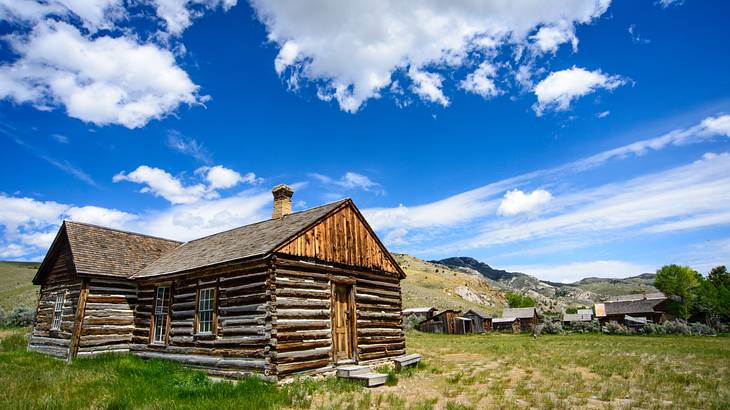
Jeannette Rankin was a Montana native
Jeannette Rankin was a pioneer for women's rights during her career in politics. As the first woman to hold federal office, she helped pave the way for future women in the field.
She was elected to the House of Representatives in 1916. During her tenure, she wasn't afraid to stick to her beliefs, even when it was an unpopular decision.
24 Native American tribes called Montana home
Even though it took settlers years to finally start calling Montana home, many Native Americans populated the territory. There were at one point 24 different recognized tribes within the territory.
Most of the Native Americans who lived in Montana belonged to 12 distinct groups. Today those groups have largely joined together and mostly live on the seven reservations within the state.
The Nez Perce were defeated
The Nez Perce war of 1877 saw native populations attempt to resist the encroaching settlements that would force them to leave their homes. The war lasted less than a year but saw losses on both sides.
In October, the Nez Perce were defeated. Though they were promised they would be able to remain in the state, many of the tribes were subsequently forced to relocate to other territories further south.
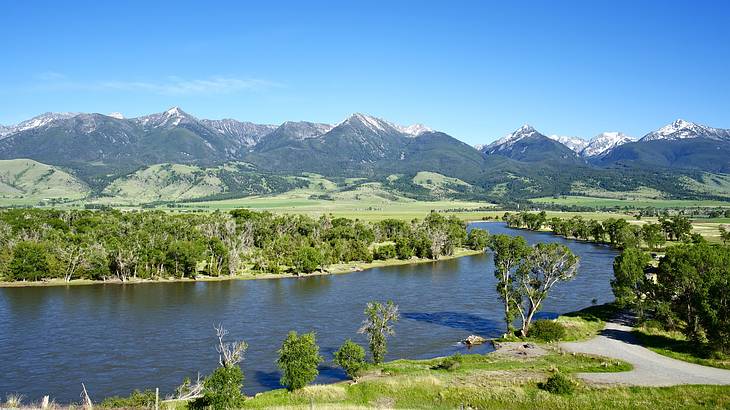
The longest undammed river runs through the state
Lists of interesting facts about Montana often forget that Montana is home to part of the longest undammed river in the US. The Yellowstone River has a nearly 700-mile route that is entirely undammed.
Dams are often used to help control or divert water flow. While shorter rivers don't often need them, a river will rarely reach several hundred miles without one like the Yellowstone River.
The first capital is a ghost town
Though Helena is the current capital, Montana's first seat for its government was in Bannack. The city was picked due to its proximity to the Wild West towns that popped up during the gold rush.
As the mining market started to decrease, Bannack's population declined, effectively leaving it as a ghost town. Today it's a well-preserved national landmark with some of its original buildings still standing.
In Summary
How many of those facts did you already know, and how many were a surprise? Some of the facts on this list are must-know pieces of trivia if you ever want to head to the "Treasure State."
You can impress your friends, family, and even some Montana locals with your new knowledge of the state. However, don't think you've learned everything there is to know about it!
Whether you're interested in history, or science, or you just want to know some fun facts about the state, there are hundreds of other things you can learn. Hopefully, this list has helped inspire you for your future Montana research!
Want to keep exploring?
Subscribe for discounts on tickets and hotels and our latest guides.
Thank you for subscribing
We will be in touch soon with discounts on tickets and hotels and our latest guides.
Want to keep exploring?
Subscribe for discounts on tickets and hotels and our latest guides.
Thank you for subscribing
We will be in touch soon with discounts on tickets and hotels and our latest guides.

